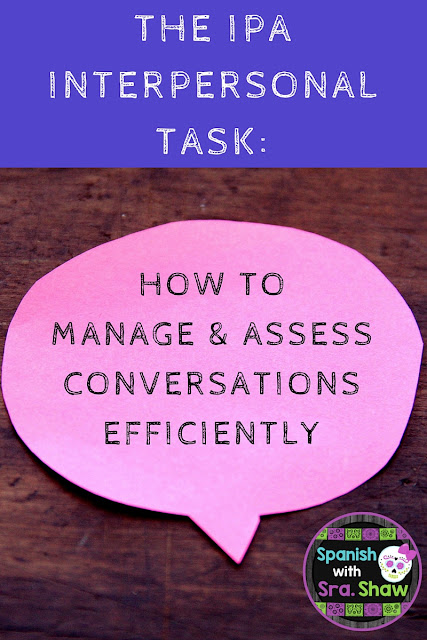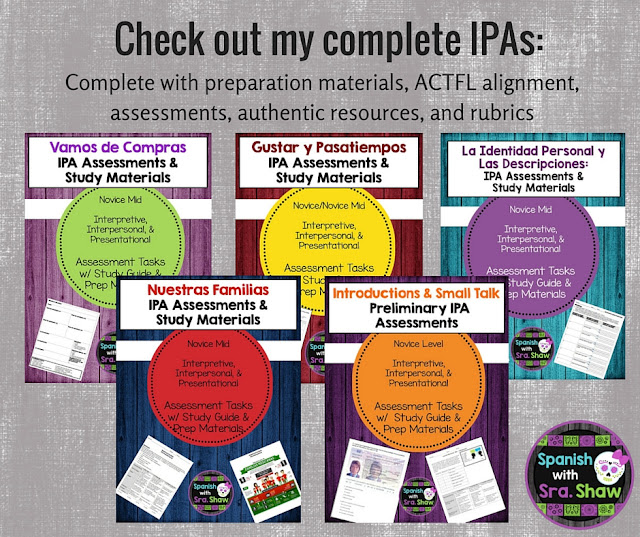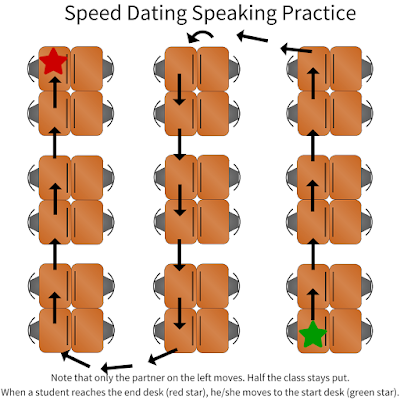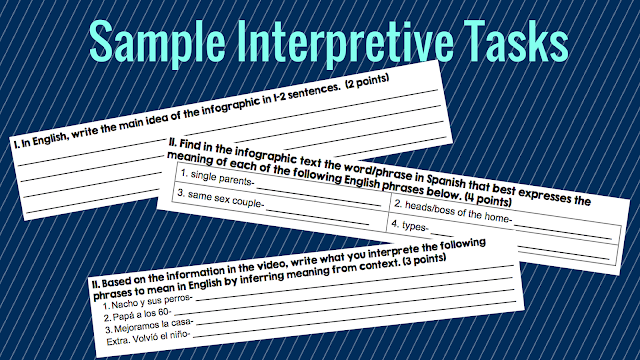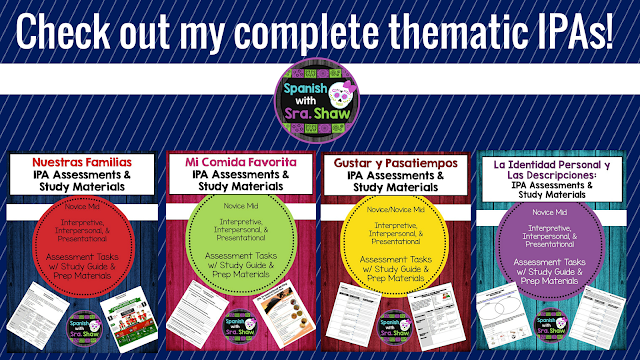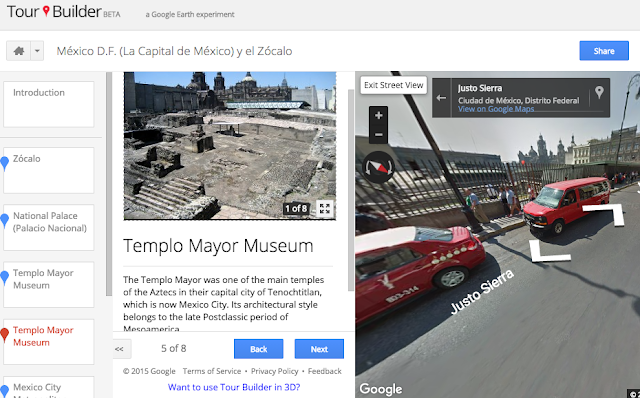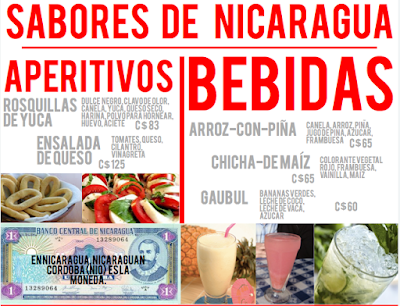Today is August 1, which was a little bit of an unwelcome arrival because I feel like I'm just one month away from fall. On the other hand, August brings all of the back to school excitement that I love. While I know many of you are busy getting your classrooms ready for school this week or later this month, school in Michigan doesn't start until after labor day, which means I still have just enough time to start planning how I'm going to decorate my classroom this year.
I'm kind of obsessed with classroom organization and decor and I love revamping and changing things every year. Here's what my classroom looked like last year and a few photos of my favorite decor features.
Seating Arrangement:
After playing around with seating arrangements for about a decade, I now have have my desks arranged in groups of four and I love it for the purposes of interpersonal speaking. I can quickly pair kids by side partner or across partner so that they don't get bored of working with the same person.
Bulletin Boards:
Most of my classroom decor revolves around the six bulletin boards I have the pleasure of covering each year. Finding decor was daunting my first year, to say the least, but now I have it down to a rotation that I change out every 3 or so years to keep it interesting for the kids since I teach many of my students for all of middle school.
Here are some of my most recent bulletin boards:
- EdTech Tools Bulletin Board Printables Set
- I designed these last summer as a way to get my kids using different educational technology tools in their Real World homework choice assignments. They look whimsical and I had good feedback from kids that they liked using a lot of the apps.
- Text Lingo Bulletin Board Set
- I found a pin last summer about Spanish text lingo and decided that it would make such a fun and engaging bulletin board for my students. Plus, it doubles as a fast-finisher activity for my more advanced kiddos because they can try to figure out the meaning of the texts.
- CHAMPS classroom management grid
- At my last district, I attended a training about CHAMPS, which is a classroom management approach that I love. It seriously changed the way I approached explaining expectations for activities to my students.
- I love this word rejoinders bulletin board from Amy Lenord. Since the highest level I teach is Spanish I for 8th grade, I think I'd like to to rework the categories and the terms used, but I think her idea is genius. Even though I referenced it throughout the year, I found almost none of my kids used it, so I'm thinking the terms are a bit advanced. I'd like to add categories for common classroom commands and courtesy phrases.
- Inspired by all of the Path to Proficiency posts from last summer, I made this bulletin board last summer and I found myself actually referencing it in lessons so students could see my expectations and the language progression I was looking for. My Spanish I kiddos, in particular, found it motivating to see themselves improving.
- I have used the interrogative (question) words printables from the Creative Language Class for the last several years, but I'm so excited that they've put out an updated version! Hurray for cute posters!
So, while I won't be able to be in my classroom for a few weeks because my building isn't yet opened to us, I hope that these ideas will be motivating to those of you headed back sooner than I. ¡Hasta pronto!







